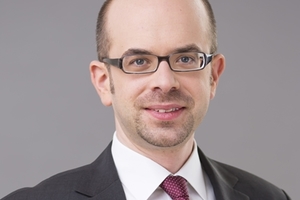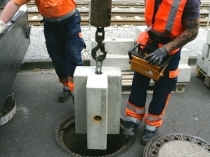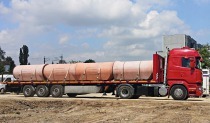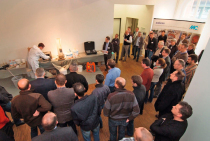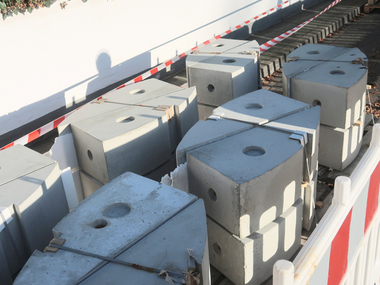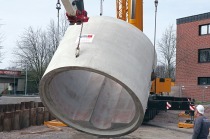Rehabilitation of large diameters in ongoing operation
Maintenance of sewer systems comprising large cross-sections (“large diameters”) is particularly challenging for the operator owing to the high potential of hazard in case of structural failure and the high financial expenditure for rehabilitation and reconstruction.
If such sewers require rehabilitation, the operation which means securing the runoff capacity is of crucial importance. The large flow rates involved require extensive measures for redirecting, pumping or lifting of the flow. From the experience made by engineering firm ZPP Ingenieure AG, two projects will be presented where innovative approaches and extraordinary solutions were required because of the external circumstances and boundary conditions.
In Cologne, a circular combined sewer of DN 2400 made of reinforced concrete showing severe corrosion defects on concrete and reinforcement in the zone of the vertex was rehabilitated. The rehabilitation had to take place in ongoing operation because a diversion of the high flow rates in the event of rain would have led to unreasonably high efforts and expenditures. In order to restore the structural stability and to ensure the durability of the structure, the operator opted for the installation of a spherical shotcrete shell.
In Bielefeld, it was necessary to upgrade piped water courses with a cross-section of approx. 4.5 m² and a peak runoff of 24,000 l/s and a waste water collecting sewer of up to DN 700. The piping of the water courses already showed gaping cracks, and it was reasonable to assume that the surrounding property was at risk either by collapse of the piping or erosion of the surrounding soil in the event of local failure of the floor. Due to the fact that the existing sewers were located in inner-city areas, there was no option for external dewatering so that the rehabilitation had to take place during ongoing water flow with enormous requirements on the safety of the staff members and the existing building structure.

